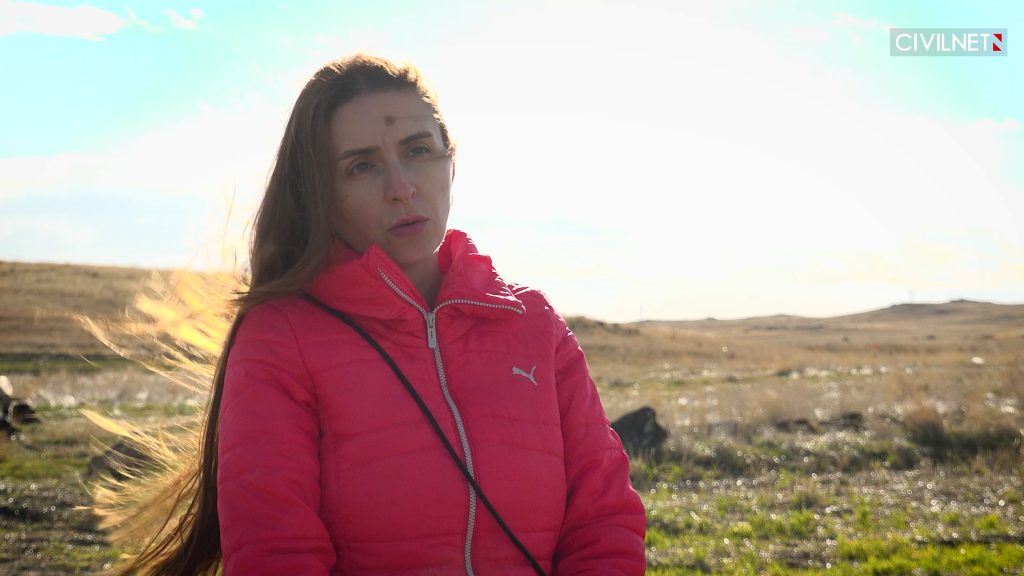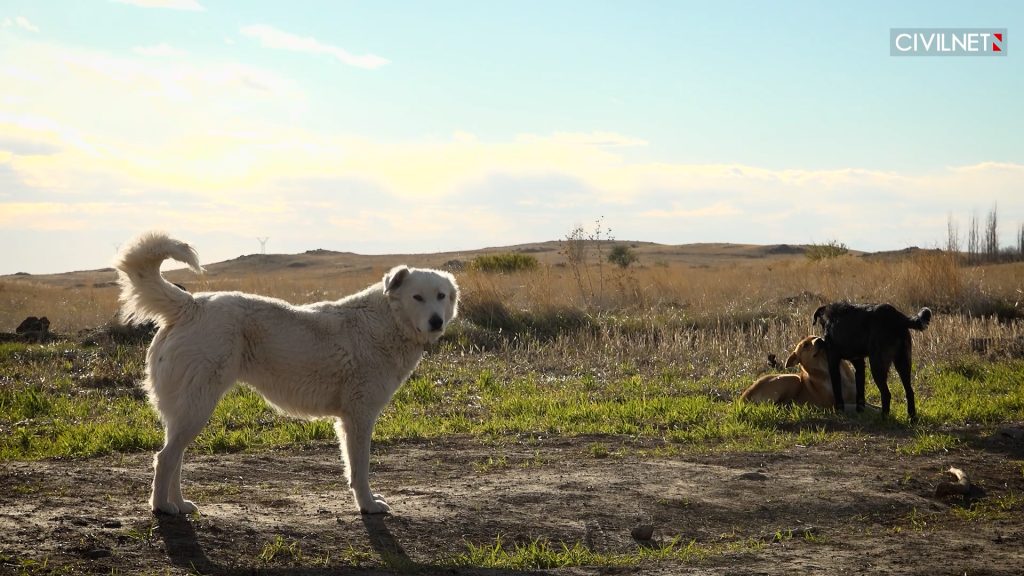By Lia Avagyan
In a precedent-setting case last September, Armenian authorities made their first-ever arrest for animal cruelty after a disturbing video circulated on social media showing a man torturing a cat to death, allegedly for killing a pigeon.
The suspect was detained for 72 hours before being released under travel restrictions. The Investigative Committee has initiated criminal proceedings under charges of particularly cruel treatment of animals as part of a group, an offense that carries penalties ranging from fines to three years imprisonment.
While animal abuse cases are not uncommon in Armenia, this case marks a significant turning point.
“The general judicial and police system typically takes a very dismissive approach, with. Public pressure played a crucial role in this instance,” says Ovsanna Hovsepyan, an animal rights advocate and founder of “DINGO team” NGO.

Marina Poghosyan, a rights activist, emphasizes the significance of this first arrest: “This case has become a catalyst for law enforcement. The law didn’t work independently – it worked because of public pressure.”
According to the Datalex, a judicial information database, between 2019-2022, only 49 animal cruelty reports were filed with police, with 48 cases leading to criminal proceedings. Of these, merely six cases reached court. Five defendants were acquitted, while the remaining cases resulted in minimal fines of roughly $200.

Need for Comprehensive Legislation
Experts argue that Armenia needs more comprehensive animal welfare legislation beyond just punishing cruelty.
“We need regulations covering owned pets, strays, shelters, and other issues,” Hovsepyan explains. “For instance, dog breeding should be limited to licensed clubs, and there should be oversight of pet ownership.”
The urgency of such legislation is underscored by the 8,066 reported animal attacks on humans in Armenia this year alone. Animal rights advocates emphasize the need for educational programs, particularly in schools, to teach children how to interact safely with stray animals.
“Incidents between children and dogs frequently occur because children don’t know the basic rules of interacting with dogs,” notes Hovsepyan. She points out that parents sometimes artificially instill fear of dogs in their children, rather than teaching proper interaction.

Another pressing concern in Armenia is the illegal hunting of wildlife, including some Red Book-listed endangered species. Those who can afford it, not only engage in poaching but also maintain illegal private menageries on their estate grounds, keeping lions, tigers, bears, deer, and other wild animals unsafely. Some are event kept in cramped cages in restaurants under deplorable conditions as entertainment for guests. These issues persist largely unchecked due to insufficient government oversight.
The Parliament is currently developing new legislation titled “On Responsible Treatment of Animals.” This comprehensive law will establish requirements for responsible animal treatment and define the framework for government oversight. Under the new law, all animals will require microchips containing both pet and owner information, and new shelters will be constructed.

The proposed legislation aims to address multiple issues: reducing stray animal populations, decreasing animal attacks on humans, increasing owner responsibility, and ultimately reducing instances of animal cruelty.
This landmark arrest and the forthcoming legislation represent significant steps forward in Armenia’s evolving approach to animal welfare, though advocates emphasize that continued public engagement will be crucial for effective implementation.
The post First cat cruelty arrest in Armenia sparks discussion on animal rights appeared first on CIVILNET.